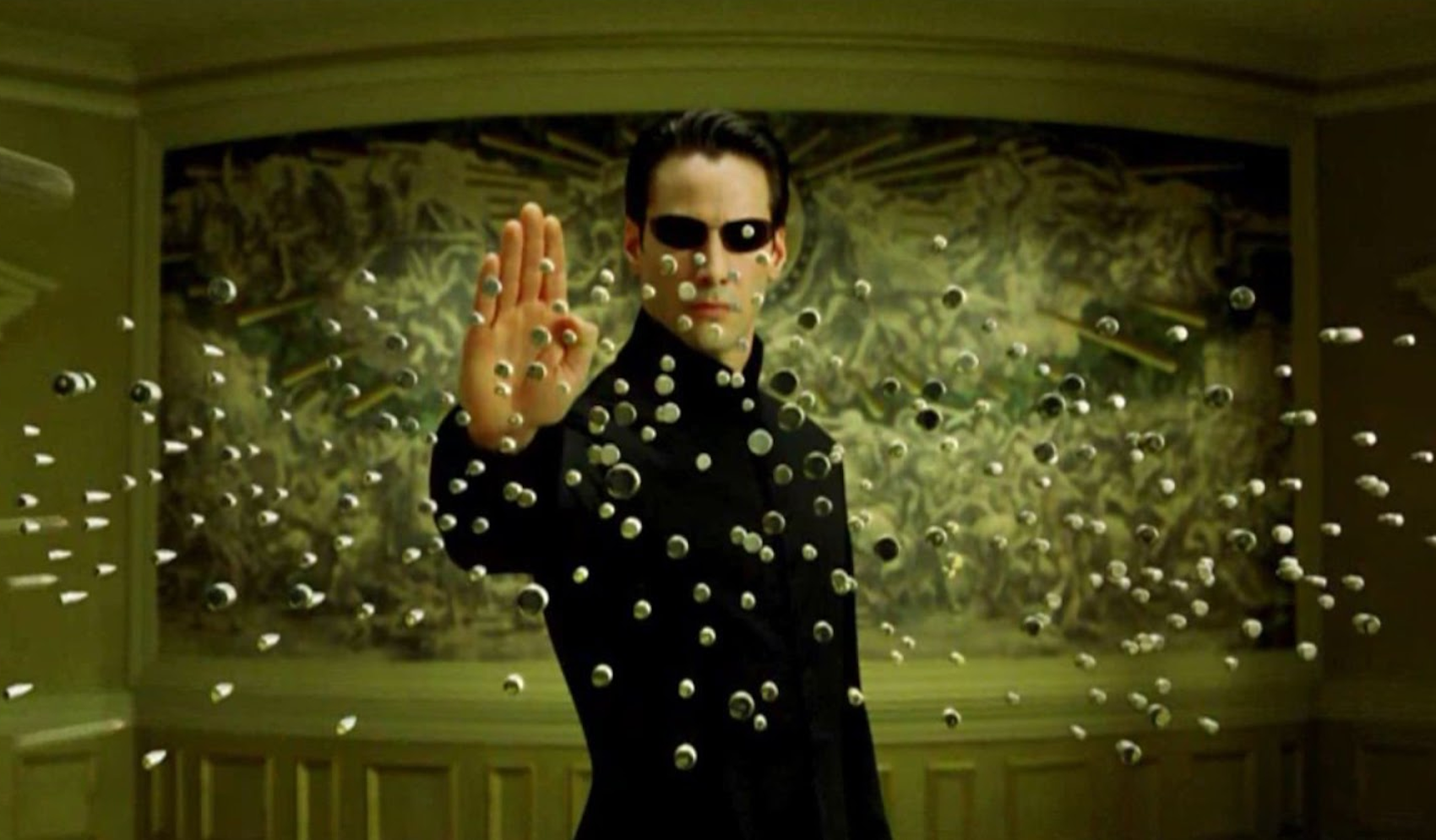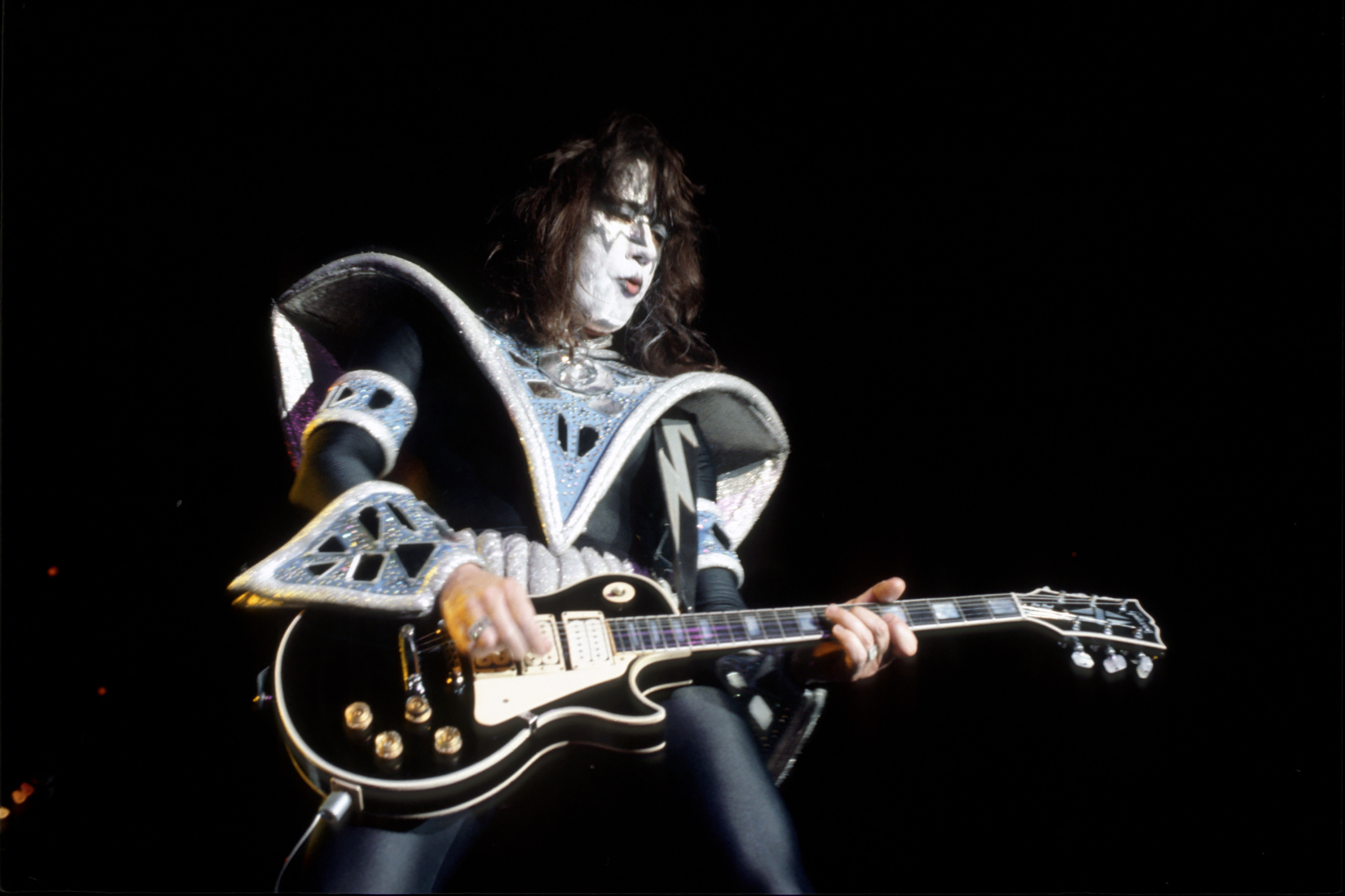Titanic’s Impact on 1990s Cinema: Redefining Blockbusters and Cultural Narratives
Titanic by James Cameron, which premiered in December 1997, achieved much beyond breaking box office records. It became a significant turning point for late 20th-century films, altering industry benchmarks, audience anticipations, and the worldwide cultural scene of movies. Analyzing Titanic’s impact on 1990s cinema involves evaluating its technological achievements, storytelling decisions, box office approaches, star-creating impact, and its influence on both Hollywood and international movie production.
Rejuvenating the Epic Blockbuster
Prior to Titanic, epic romantic dramas with vast budgets were seen as high-risk ventures. Studios typically favored action-heavy, special effects-driven blockbusters or mid-budget fare. Cameron’s unwavering commitment to authenticity, demonstrated through his meticulous recreation of the RMS Titanic and the usage of both massive practical sets and pioneering CGI, delivered a spectacle that transcended typical genre boundaries.
Titanic’s staggering budget, which reportedly escalated to $200 million (a record for its time), became a focal point of pre-release media coverage. Many critics predicted commercial failure. Its eventual global gross of over $2.2 billion shattered these expectations. The film’s overwhelming commercial success restored studio faith in the viability of large-scale epics, setting the stage for future blockbusters like Gladiator (2000) and The Lord of the Rings trilogy.
Technological Advancements and Cinematic Innovation
Cameron’s embrace of technology not only revolutionized visual aesthetics but also influenced industry practices. Digital water simulations, painstaking miniature work, and seamless integration of CGI with physical sets represented new benchmarks in visual effects. The usage of the digital intermediate process during post-production, although limited compared to today’s workflows, forecasted the digital transformation soon to sweep through the industry.
Likewise, Titanic demonstrated the power of mixing practical and digital effects, emphasizing narrative immersion rather than spectacle for its own sake. As a direct result, other filmmakers—and studios—prioritized technological innovation that served story and character rather than becoming mere gimmicks.
Revitalizing the Romance Genre for a Global Audience
In the center of Titanic lay a close love story between Jack and Rose, roles portrayed by Leonardo DiCaprio and Kate Winslet. Their connection offered viewers a profoundly moving foundation that struck a chord globally. The universally relatable and touching narrative guaranteed the film’s allure spanned languages, cultures, and age groups.
El renovado interés en la epopeya romántica provocó una ola de producciones con temas similares a finales de los años 90 y principios de los 2000. Películas como Shakespeare in Love, Pearl Harbor y muchas producciones internacionales siguieron la fórmula de Titanic: altos valores de producción junto con una historia de amor trágica y monumental enmarcada en eventos históricos.
Paving the Way for Global Hollywood
Almost 70 percent of Titanic’s total income came from international markets, highlighting Hollywood’s increasing reliance on worldwide audiences. The film’s widespread appeal compelled studios to pay attention to global interests and the importance of universally engaging themes, affecting choices in actors, promotional tactics, and even storylines.
Consequently, the blockbuster model adapted to ensure resonance not just with American audiences, but with moviegoers worldwide. Multi-lingual dubbing, global distribution campaigns, and tailored promotional events all became standard practice in the late 1990s and beyond, in part due to Titanic’s success.
Shaping Star Trajectories and Cultural Phenomena
Both Leonardo DiCaprio and Kate Winslet became global icons virtually overnight. Their subsequent careers, marked by artistic ambition and genre versatility, set new ambitions for young actors worldwide. The phenomenon known as “Leo-mania”—with mobs of fans and merchandise spanning continents—revealed how a film could turn actors into international cultural symbols.
The film’s impact extended into fashion, music, and even internet culture. Celine Dion’s My Heart Will Go On became an international anthem, winning the Academy Award for Best Original Song and becoming a staple of late-1990s pop culture.
Titanic’s Legacy within Awards and Industry Recognition
Inspiring Imitation and Parody in Popular Culture
Emulating something is the highest form of praise, and the narrative structure, themes, and memorable scenes of Titanic were extensively mimicked and alluded to in a variety of contexts, ranging from TV shows to commercials. The scene where the character declares himself “king of the world” quickly became a familiar symbol of success and joy. This extensive cultural impact demonstrated a film’s capacity to create enduring social impressions beyond just cinema earnings.
Fostering Aspiration and Grandeur
The positive reception for Cameron’s audacity—his blending of genres, massive runtimes, and uncompromising attention to detail—encouraged filmmakers to dream bigger. The late 1990s saw the rise of films that embraced lengthier runtimes and grandiose storytelling, lessons reinforced by the subsequent financial triumphs of other cinematic epics.
Reflective Synthesis
Upon reflection, Titanic crafted a framework that altered Hollywood’s focus and reshaped what audiences anticipate. Its advancements in technology, promotion, and narrative had a lasting impact on the industry, affecting all aspects from blockbuster funding to how directors integrate grand visuals with emotional depth. Titanic showed that taking risks in film, paired with global themes and superior technical skills, could set new standards both in commercial success and artistic value. The momentum it created continues to shape the goals and frameworks of current major movies, solidifying its position as a revolutionary influence in cinema from the 1990s and worldwide.



